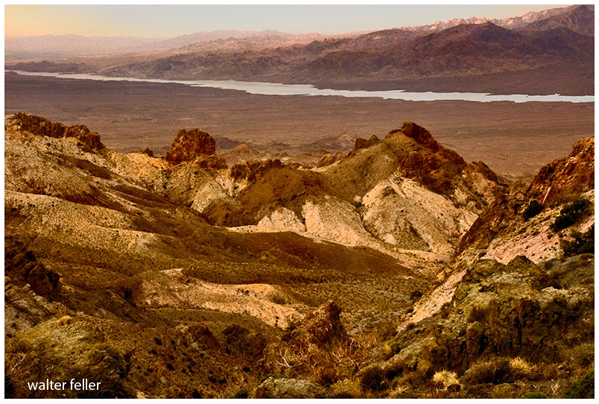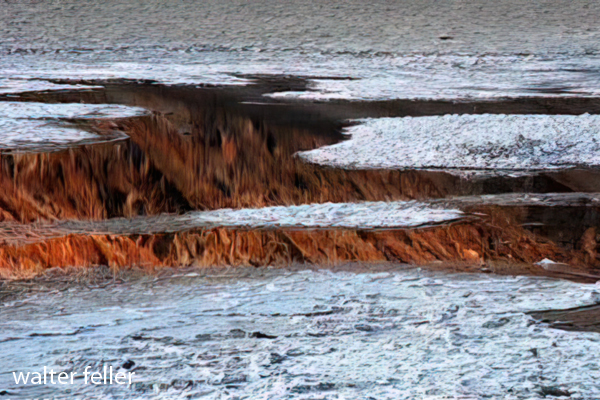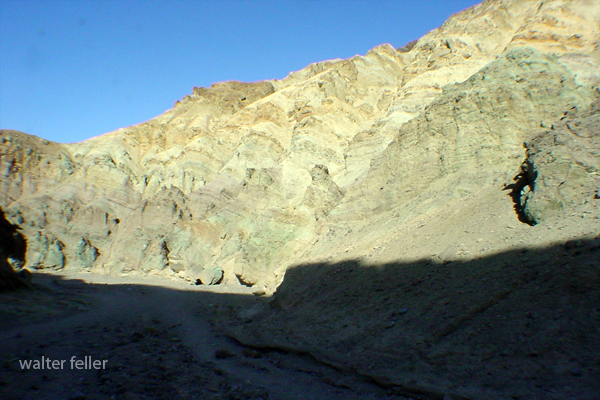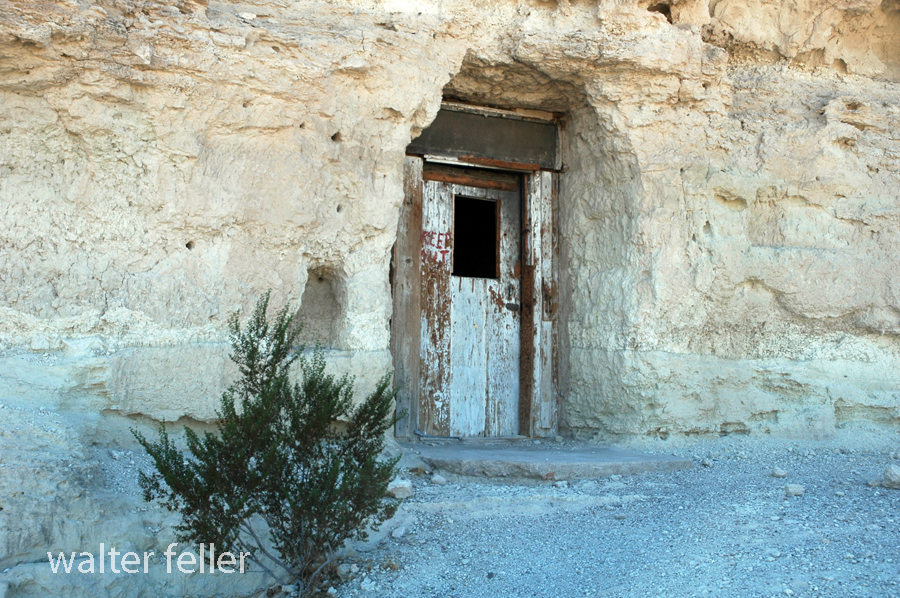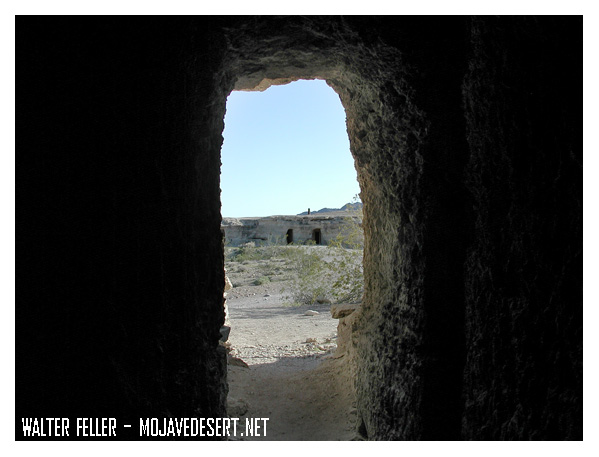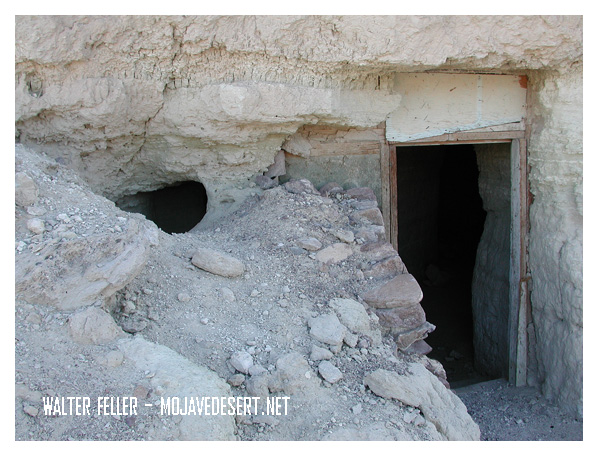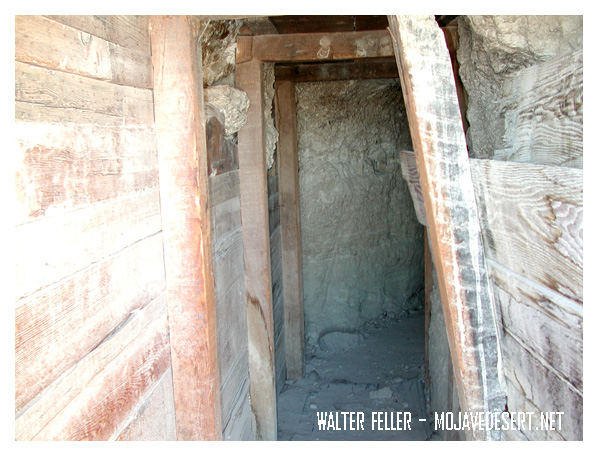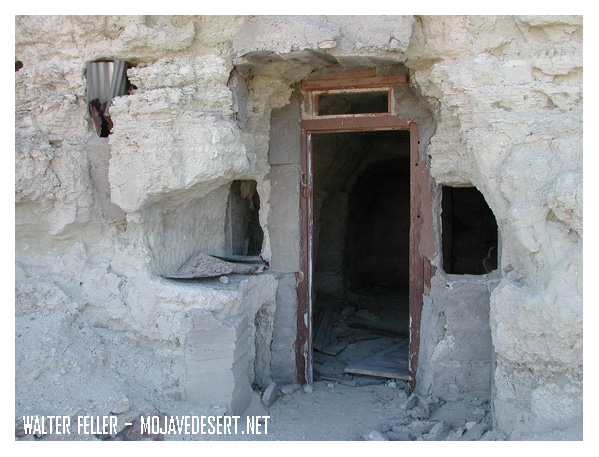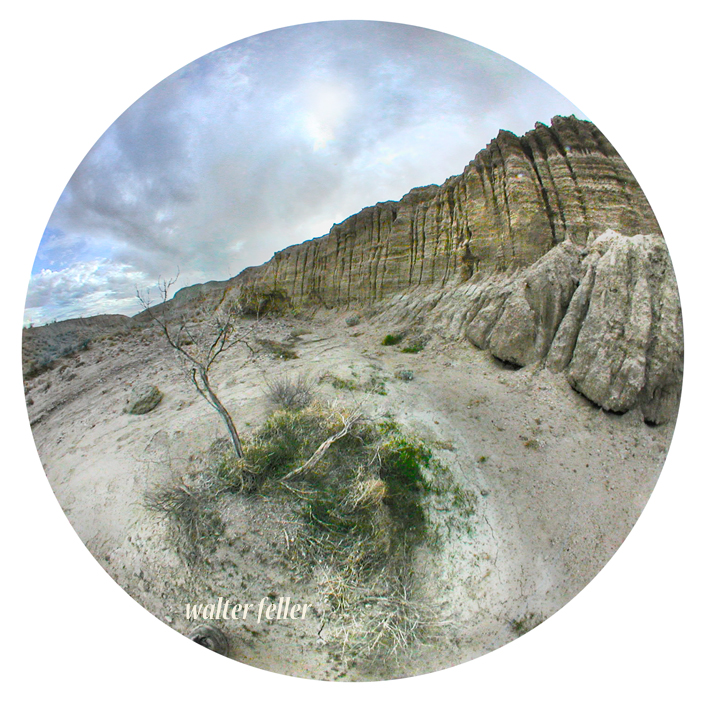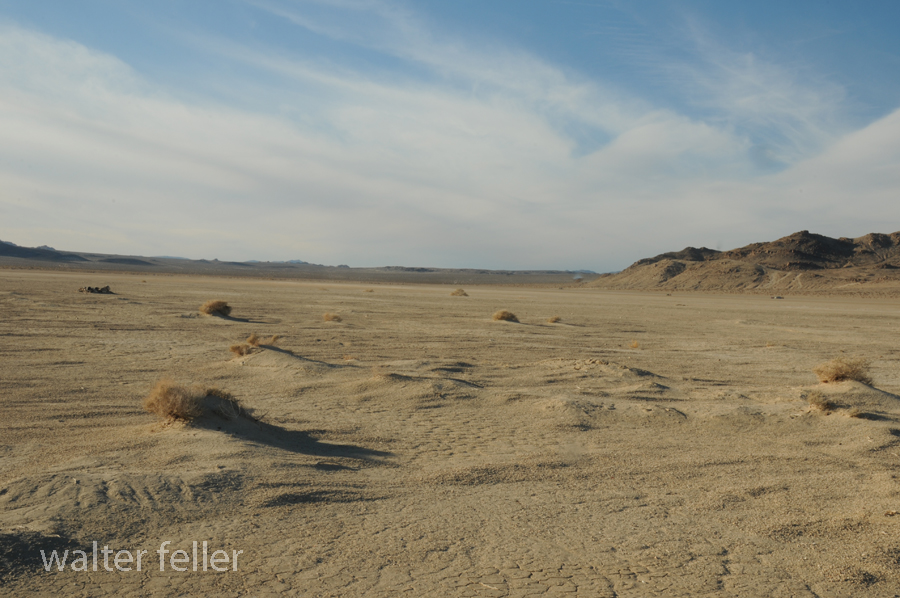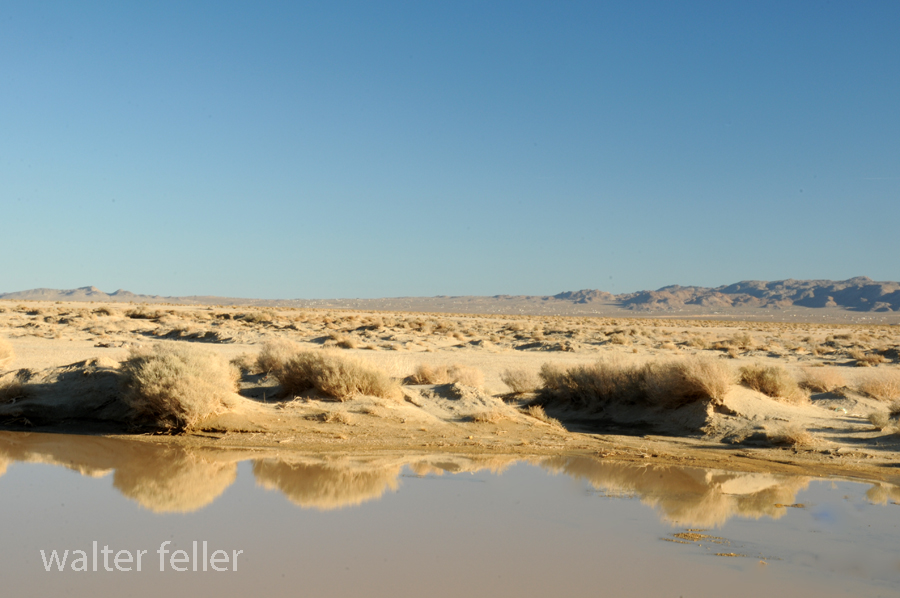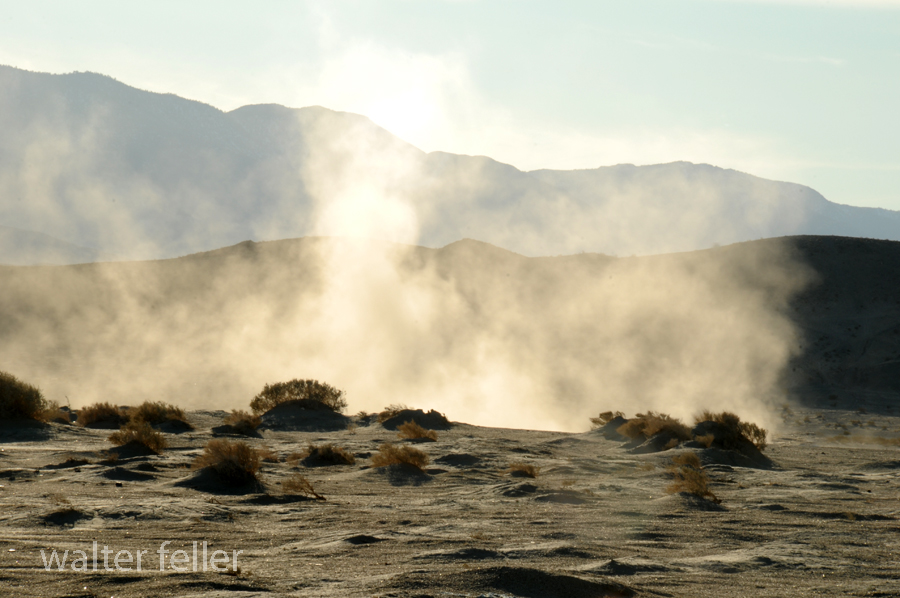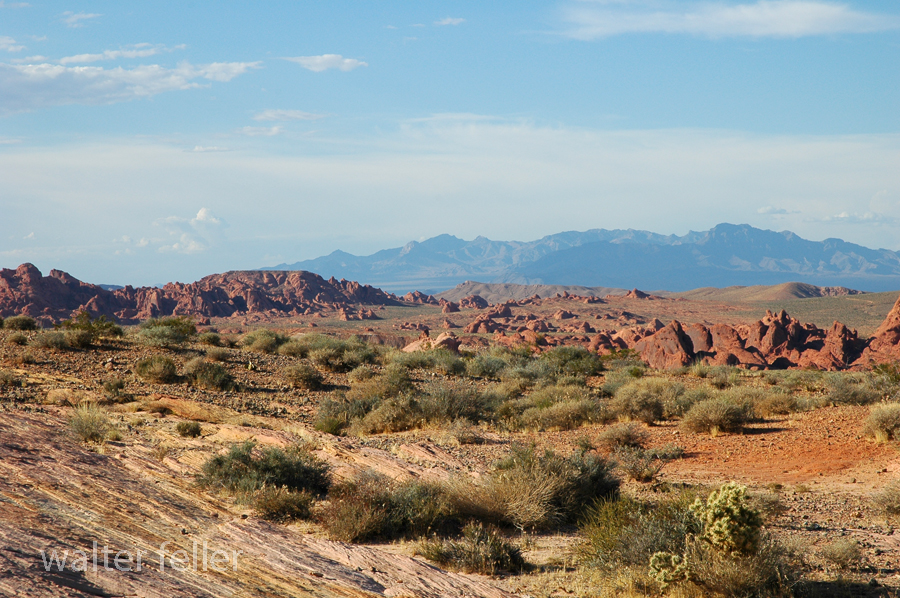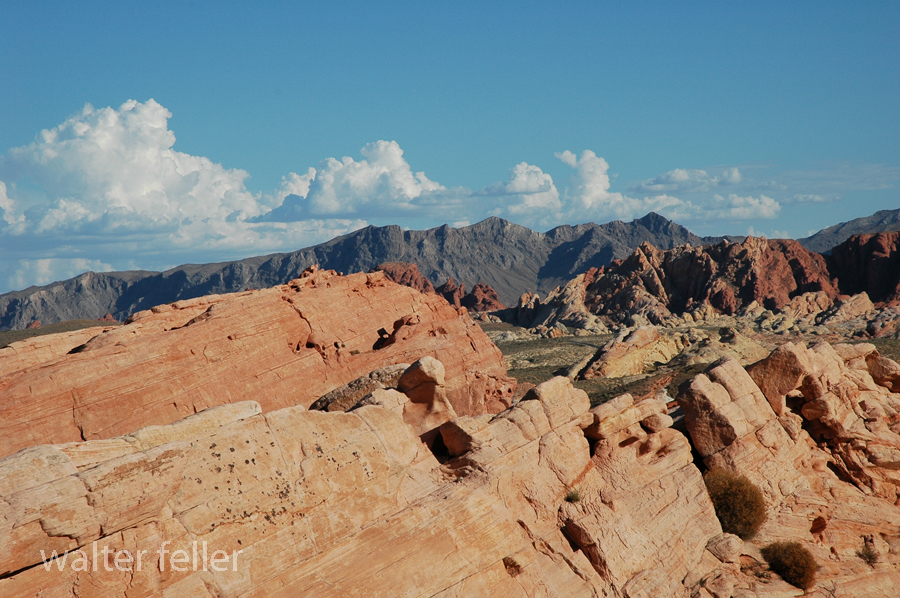Introduction:


The Eastern Sierra Nevada boasts a rich geological history that spans millions of years. This region offers a captivating glimpse into Earth’s past, from towering granite peaks to ancient volcanic formations. The fascinating geology of the Eastern Sierra Nevada and its unique features make it a geologist’s paradise.
Formation of the Sierra Nevada Range:

The Sierra Nevada Range, including the Eastern Sierra Nevada, began forming around 100 million years ago during the Mesozoic Era. It was the result of tectonic plate movements, specifically the subduction of the Pacific Plate beneath the North American Plate. This process resulted in the uplifting and folding of the Earth’s crust, giving rise to the majestic mountain range we see today.
Granite and Glaciers:

One of the defining features of the Eastern Sierra Nevada is its abundance of granite. The region is home to the largest exposed granite batholith in the world, aptly named the Sierra Nevada Batholith. This enormous body of intrusive igneous rock formed deep beneath the Earth’s surface and was gradually exposed through erosion over millions of years.

During the last Ice Age, glaciers sculpted the Eastern Sierra Nevada, leaving behind stunning landscapes. Glacial activity carved out U-shaped valleys, polished granite surfaces and created glacial lakes such as Mono Lake and Convict Lake. These remnants of the Ice Age are a testament to the dynamic forces that shaped the region.
Volcanic Activity:
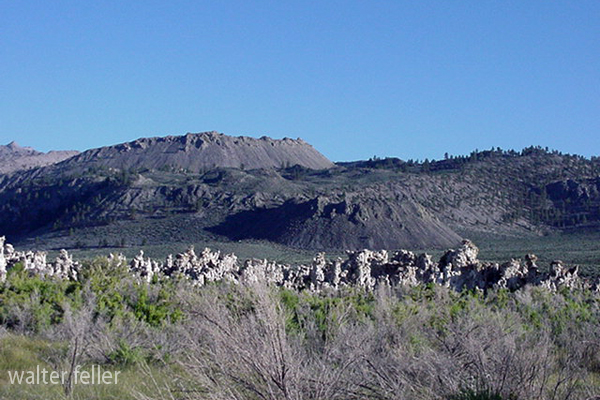
Eastern Sierra Nevada is also home to a number of volcanic features. The Long Valley Caldera, located just east of the Sierra Nevada Range, is a prime example of volcanic activity in the region. This massive volcanic depression formed around 760,000 years ago during a cataclysmic eruption that released an estimated 600 cubic kilometers of magma.

Within the caldera lies the famous Mono-Inyo Craters, a chain of volcanic domes and craters. These volcanic formations offer a glimpse into the region’s volcanic history and provide evidence of past eruptions that have shaped the landscape.
Mineral Deposits:

The Eastern Sierra Nevada is known for its rich mineral deposits. Gold, silver, and copper have been mined in the region since the mid-1800s, attracting prospectors during the California Gold Rush. The Bodie State Historic Park, a well-preserved ghost town, stands as a reminder of the mining boom that once thrived in the area.
Conclusion:

Exploring the geology of Eastern Sierra Nevada is a journey through time, where the forces of nature have sculpted a remarkable landscape. This region offers a glimpse into the Earth’s fascinating geological history, from the towering granite peaks to the remnants of ancient volcanoes. Whether you are a geology enthusiast or simply appreciate the beauty of nature, Eastern Sierra Nevada is a destination that will leave you in awe of the Earth’s geological wonders.
(c) Walter Feller




